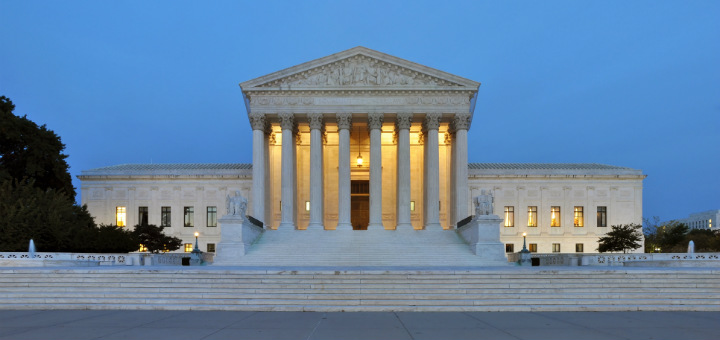
On January 25th 2016, the U.S. Supreme Court ruled that the Federal Energy Regulatory Commission (FERC) acted within its authority to require wholesale market operators to pay more compensation to customers who agree to cut down on their electricity consumption.
Read the full Supreme Court ruling here (note: it’s almost 50 pages).
What/Who is Impacted by the Ruling?
For most industries, schools, and other large consumers of energy, this news presents a significant win regarding electricity costs. Environmental groups who also supported the cause continue to have high hopes on the impact this will have on clean energy.
However, the opposite can be said for some power generators and utilities that claim the FERC distorted the energy market and decreased demand for the purchase of electricity. Others believe that the law technically impacts electricity retail rates, a side of the industry that FERC legally cannot touch.
The FERC, by law, is allowed to regulate wholesale energy rates. When it comes to regulating retail rates, the United States alone holds the power. In other words, this aspect of the law falls outside FERCs control.
To ensure fair and reasonable wholesale rates, FERC has always encouraged wholesale market operators to deal with various regions of the electric grid. This ensures that the entire network produces reliable electricity. It also opens up auctions for the sale of wholesale prices.
Locational Marginal Price
These auctions are critical to maintaining the balance between supply and demand. The requests to supply energy are accepted and ordered from lowest to highest until all bids are met. All electricity suppliers are then paid the amount of the highest bid. This is known as the Locational Marginal Price (LMP).
When electricity is in high demand, the LMP can cost a pretty penny. Rates rise severely and the increased amount of electricity can overload the grid, and cause serious service issues.
To compensate, around 15 years ago, wholesale market operators created wholesale demand response programs. These programs give credits or lower rates to consumers who lower their electricity consumption during peak periods. The FERC authorized these programs, and Congress agreed further development was required to improve the way the nation handled demand response.
FERC took its cue from Congress and issued several new orders to increase the response to electricity demands. The most important order requires wholesale market operators to pay more compensation to customers who agreed to cut down on the amount of energy they used.
Results of the Ruling
During the proceedings, it was ruled that the order implemented by FERC directly affected only wholesale rates. No changes were made to retail sales. Therefore, the FERC acted within the law as it applies to the Federal Power Act (FPA).
The ruling officially allows the FERC to continue to charge wholesale market operators more in order to reduce the possibility of blackouts and brownouts. In addition, the FERC claims the rule will continue to generate billions in consumer benefits.


